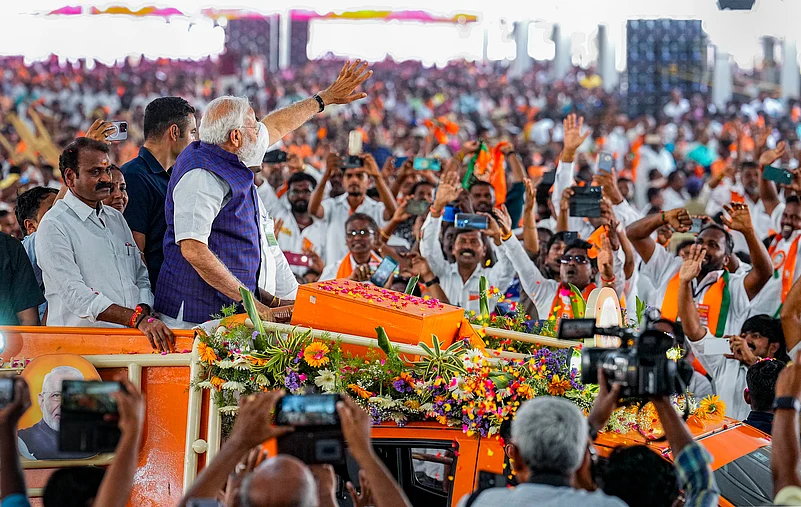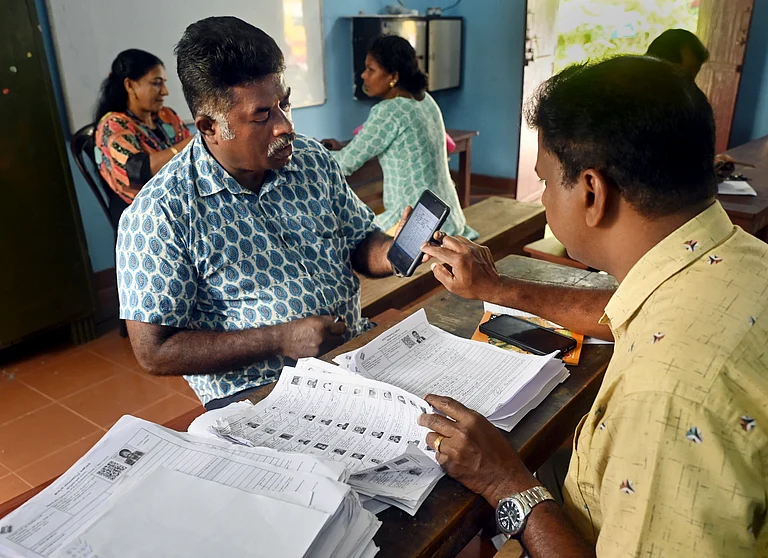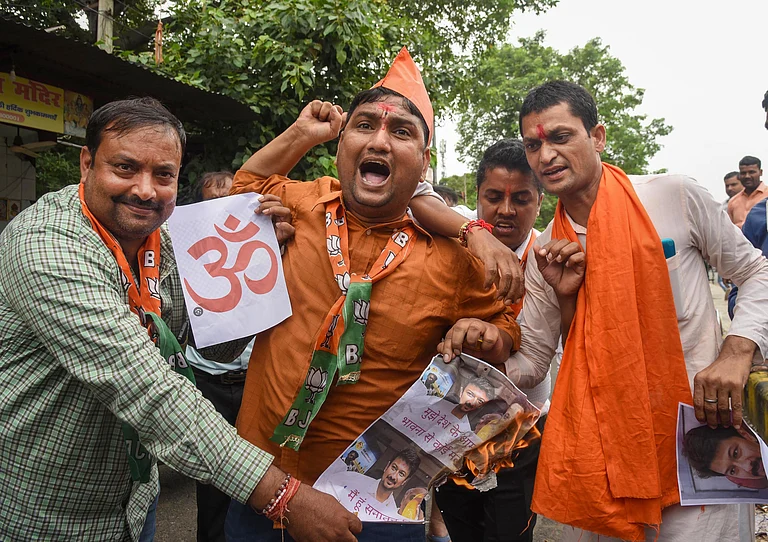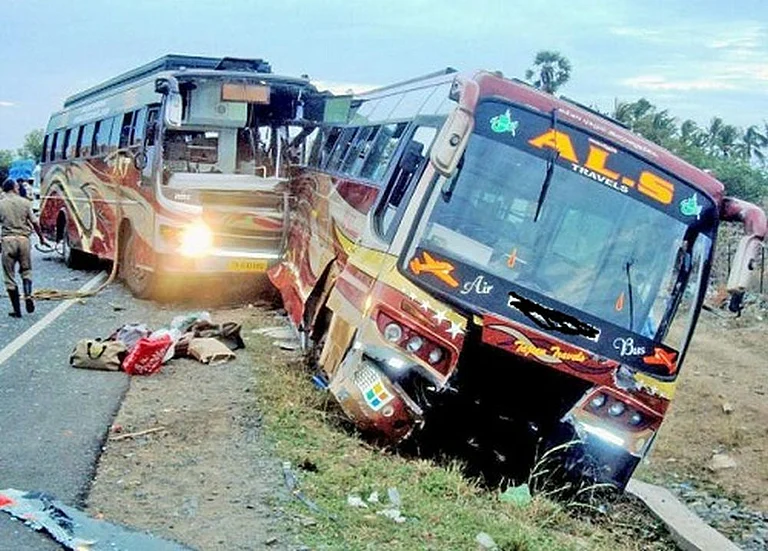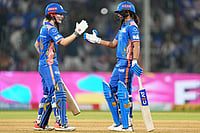In September 2023, while addressing the Sanatan Abolition Enclave that was organised by Tamil Nadu Progressive Writers and Artists Association, film actor Udayanidhi Stalin said that Sanatan Dharma cannot be opposed, it needs to be ‘eradicated’. The son of Tamil Nadu CM also compared it with diseases like ‘dengue’ or ‘malaria’.
Though his comments led to political rumblings with Amit Malviya, the head of BJP IT cell saying that the Stalin-scion has called for genocide of 80 per cent Indians, Stalin remained steadfast. Clarifying his comments through a tweet, he said, “I never called for the genocide of people who are following sanatan dharma. Sanatan Dharma is a principle that divides people in the name of caste and religion. Uprooting sanatan dharma is upholding humanity and human equality.”
Some of the INDIA bloc members, however, distanced themselves from Stalin’s comment and said that there is no point in giving fodder for campaign to the ruling party. The debate though didn’t die down totally, it lost its intensity for some time unless the West Bengal BJP recently evoked it again in the context of Lok Sabha polls in Krishnanagar where the TMC has fielded expelled MP Mohua Moitra who has been a very vocal critic of the government. To confront Mitra, the BJP has fielded ‘Rajmata’ Amrita Roy who belongs to erstwhile royal family of Krishnanagar that allegedly supported Mir Jafar against Shiraj-Ud-Daullah during the battle of Plassey.
Referring to this history of the royal family, TMC tweeted, “1757: Maharaja Krishnachandra conspired with Mir Jafar, Jagat Seth & Umi Chand and sold himself out to the British like a spineless traitor… 2024: ‘Rajmata’ Amrita Roy, his family member, has shamelessly embraced the Bangla-birodhi (anti-Bengal) BJP, sealing a pact to once again deceive the people of Bengal… The faces may have changed but their JOMIDARI (zamindari) still persists… They were not trustworthy then, and they sure won’t be now.”
In response to these allegations, the BJP immediately said that the Maharaja actually “contributed immensely to protect Sanatan Dharma against the onslaught of both the British and Siraj-Ud-Daullah”. Interestingly, the same TMC didn’t stand with their INDIA bloc partner DMK when Stalin made the comments allegedly ‘against Sanatan’. Kunal Ghosh, the spokesperson of the party condemning the comments then said, “We condemn such remarks. Harmony is our culture. We have to respect other religions. The INDIA bloc has no connection with such comments. Whoever he may be, if anyone says something like this, we should condemn such statements.” However, this time BJP is using Sanatana against TMC itself.
Earlier PM Modi referring to Stalin’s comments said, “Today, these people have started speaking openly. Tomorrow, these people are planning and will continue to plan attacks on us across the country. Every follower of Sanatan, everyone who loves this country, loves the soil of this country… everyone needs to be vigilant. They want to crush Sanatan and push this country back into 1,000 years of slavery.”
Though the ruling party has been upholding their inclination towards Sanatana for years, a few Sanatan gurus- Shankaracharyas of different maths- have opposed their actions in matter of religion. Just before the inauguration of Ram Mandir, Shanakaracharya of Josimath voiced his concerns and said, “They are not following the rules of Sanatan dharma. The temple is not complete yet and the consecration ceremony cannot happen in these circumstances.” During his conversation with Outlook, he even said that Sanatan dharma has its own rules and no government can break those for their ‘own purposes’.
While Sanatan Dharma in the current political debates has taken centerstage, someway or other the history of resistance against it traces back to time Gautam Buddha who made inclusive Sangha against the caste-based discrimination. Even Samrat Ashoka fought against Sanatan and its caste-based system and had spread Buddhism. The historical accounts show that it was Pushyamitra Sunga who killed the last Maurya king Brihadrath and spread Sanatan Dharma at the cost of prevailing Buddhism.
So, Dr. B R Ambedkar, while mentioning the fight between Buddhism and Brahminism, wrote, ““The history of India is nothing but a history of mortal conflict between Buddhism and Brahmanism.” The debate, in this backdrop, pertains to the question whether Sanatan can be read as Brahminism or Hinduism. On August 10, 1947, writing about Sanatan, M K Gandhi wrote, “Sanatan Hindu Dharma is not circumscribed like the proverbial frog in the well. It is as broad as the ocean. Thus interpreted, it is the property of all humankind, no matter by what name it is called.”
On November 30, 1947, just months after the partition, Gandhi again wrote in Harijan, “Hinduism is the most tolerant religion. It gave shelter to early Christians who had fled persecution also to the Jews known as Beni-Israel as also the Parsis. I am proud to belong to this Hinduism which is all inclusive and which stands for tolerance.” In Gandhi’s perception Sanatan was Hinduism but he opposed any discrimination within it.
Notably, PM Modi during his recent Tamil Nadu visits just before the elections avoided getting into the Sanatan debate and mostly focused on issues of the state and the fate of the fishermen. Even the opposition parties have been treading their paths cautiously since Stalin’s comments. Whether Sanatan would again make a comeback in the political debate is still a matter of speculation.







